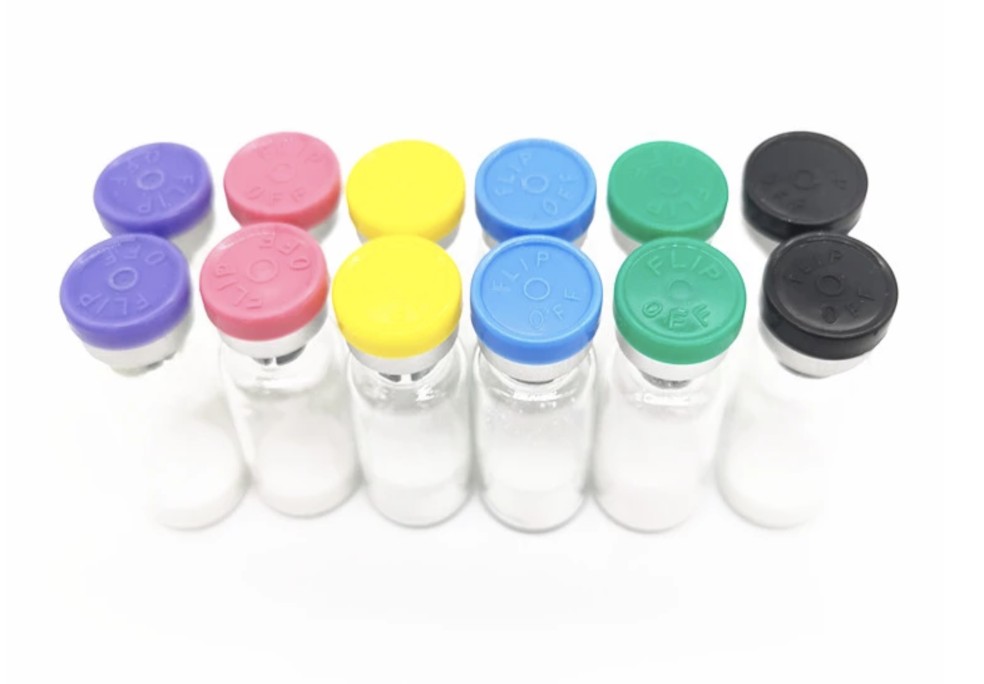L'acétate de sécrétine est une hormone responsable du contrôle de l'environnement d'un duodénum en régulant les sécrétions pancréatiques et gastriques tout en régulant l'homéostasie de l'eau dans tout le corps d'un animal.. Spécifiquement, il aide à réguler le pH du duodénum en inhibant la sécrétion d'acide gastrique par les cellules pariétales de l'estomac et en augmentant la stimulation de la production de bicarbonate dans les cellules centro-acineuses du pancréas.
The first species was found in animal hormone. As a basic polypeptide. Composed of 27 résidus d'acides aminés, containing 11 kinds of amino acids. Bayless and Starling (Bayliss and Starling) is equal to the discovery in 1902. Generated secretin cells as the "S" cells, mainly in the duodenal mucosa, a small amount of the distribution in the jejunum, ileum and gastric antrum.
Secretin Acetate, also called secretin, has recently been in the brain and purified, therefore also joined the ranks of brain gut peptide. Role in stimulating the pancreas to secrete large amounts of bicarbonate rich pancreatic juice, to produce maximal stimulation of secretin dose on human, chien, pig, as an intravenous injection or intravenous infusion per kg per hour 1 clinical units, the equivalent of 200 à 250 ng, strengthen weak effect on pancreatic enzyme secretion, but as with Pro pancreozymin given together, increased pancreozymin secretion, has inhibitory effect on human, chien, rat gastric acid secretion and gastrointestinal activity. Exogenous secretin, with a half-life of 4.1 minutes, metabolic clearance rate of 15 ml / min / kg body weight.






















